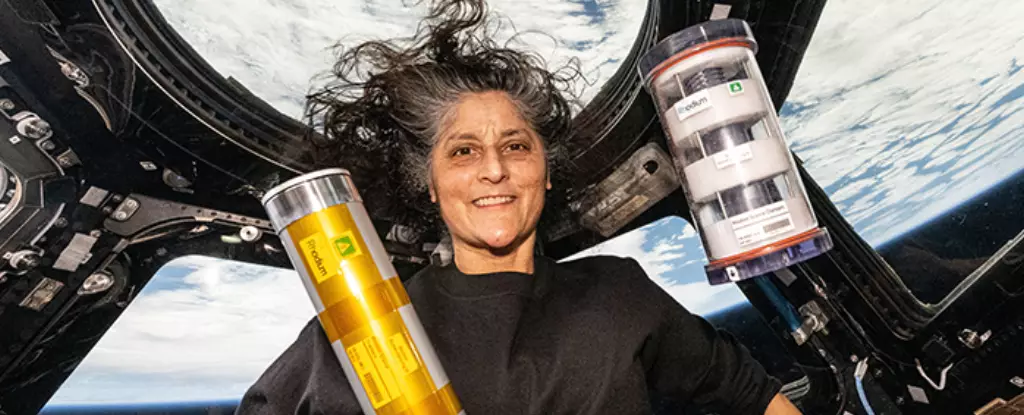NASA recently announced that two of its esteemed astronauts, Butch Wilmore and Suni Williams, will prolong their stay aboard the International Space Station (ISS) well into late March 2025. Originally scheduled to return after just eight days, the pair will instead remain in space for over nine months due to unforeseen complications surrounding the Boeing Starliner spacecraft’s propulsion system. This circumstance exposes the vulnerabilities inherent in space exploration, where unpredictable technical failures can significantly impact planned missions.
The arrival of Wilmore and Williams at the ISS was intended to kick off a brief mission in June, but the failure of the Starliner’s systems resulted in NASA’s decision to alter the return plan entirely. Rather than risking a return with an untested Starliner, NASA pivoted to utilize a SpaceX Crew-9 mission to bring the stranded astronauts back home. This shift emphasizes NASA’s reliance on commercial partnerships for maintaining a consistent human presence in space—a strategy that has both benefits and drawbacks.
SpaceX’s role in this scenario highlights the importance of public-private partnerships in modern space exploration. The Crew-9 astronauts, who arrived at the ISS in September 2024, had two vacant seats intended for Wilmore and Williams’ return. However, the plan to extract all four astronauts in February 2025 has hit yet another snag. NASA has now announced that Crew-10, scheduled to fill the gap, is not expected to launch until at least March 2025. Such delays can be troubling, as they can entail not only the logistical challenges of long-duration missions but also the potential psychological impact on astronauts who are confined in a high-pressure environment.
Extended missions can increase stress and fatigue among crew members, leading to valuable insights about the human capacity for endurance in isolation. Although NASA has mechanisms for monitoring astronaut well-being, longer durations in orbit require careful psychological support systems. The implications of this extended stay prompt questions regarding crew selection, support protocols, and mission design in future explorations, including potential missions to Mars.
NASA’s evolving strategy, illustrated by the transition from Boeing to SpaceX, signals a shift in how space missions will be conducted in the coming years. While the partnership has opened new avenues for space travel, the complications faced by Wilmore and Williams underscore the necessity for robust contingency planning. The ability to adapt and respond to mechanical failures while ensuring crew safety becomes paramount. As missions become more ambitious and involve more lengthy stays in space, it will be imperative to structure operational protocols that can accommodate unexpected scenarios.
Wilmore and Williams’ extended tenure aboard the ISS serves as a vital case study. It emphasizes the intricate realities of space travel, intertwining technological dependencies, cooperative ventures, and the psychological resilience required of astronauts as humanity continues to explore beyond our planet’s atmosphere.


Leave a Reply